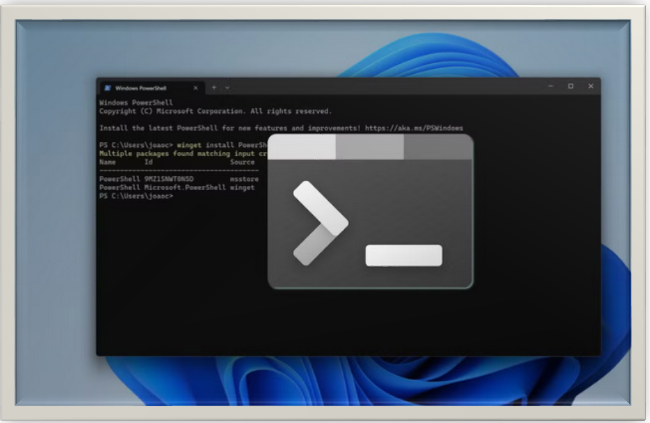HOW TO FIX A MISSING NETWORK ADAPTER IN WINDOWS 10/11
Learn how to fix a missing network adapter in Windows 10/11 with our step-by-step guide. Resolve network issues quickly and restore your connection. #TechSupport
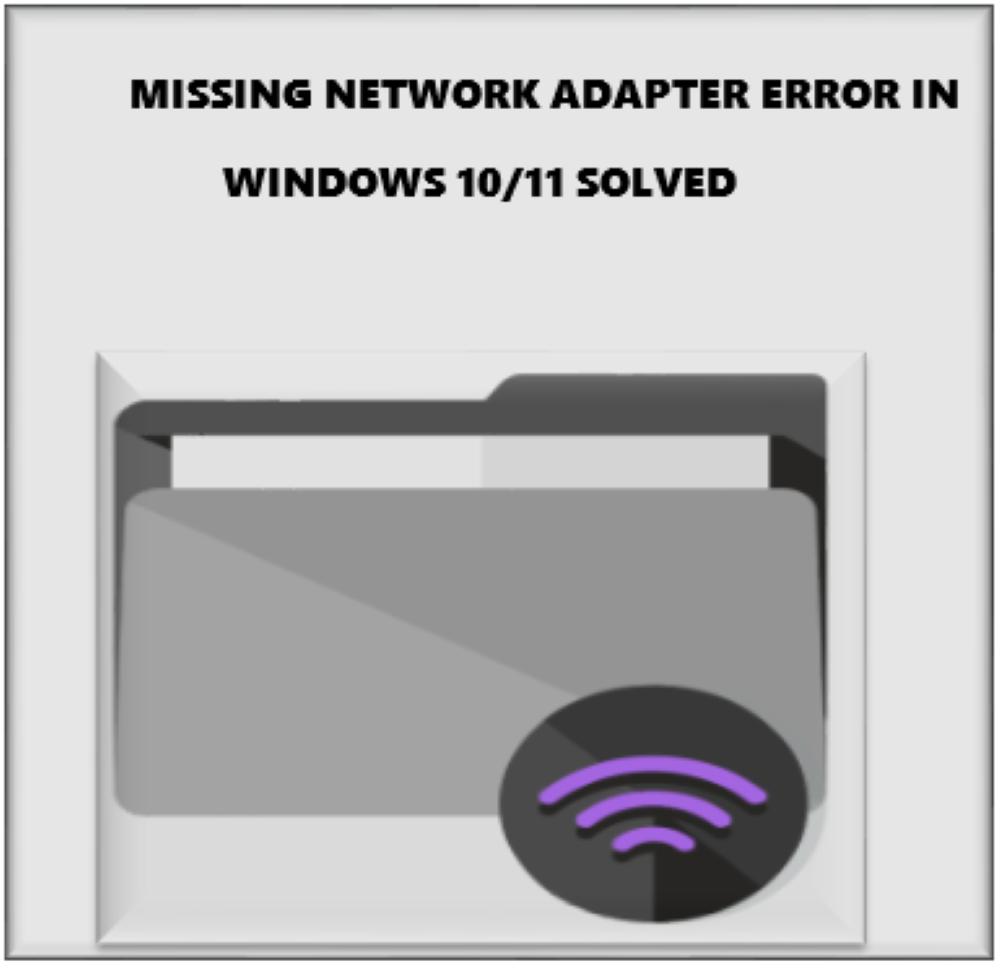
INTRODUCTION:
When your computer suddenly does not connect to the internet, it can be frustrating. One of the problems that both Windows 10 and Windows 11 could have is a “missing network adapter”. There are some simple solutions you can use to resolve this issue and connect back to the internet.
Understanding network adapter
A network adapter is a component of hardware in your computer that enables it to connect to networks, either local (Wi-Fi) or remote (Ethernet). If this adapter disappears from the device manager, then Windows will fail to recognize it thus stopping your online connectivity.
Fixing “Network Adapter missing” Error
Restart and check connections
Sometimes all that is needed is a simple restart. You may want to restart your PC and see if the network adapter reappears. Also, make sure that Ethernet cables are well connected between your router/modem and PC. Confirm once again that Wi-Fi is enabled on your machine for wireless connections.
Check Device Manager:
The device manager acts like a hardware management center for all other devices on your computer. It can be accessed to find hidden network adapters through these steps.
- On your Keyboard, press “Windows Key + X” and choose “Device Manager”.
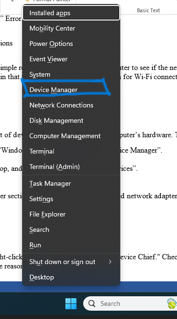
- Select “View “ at the top, and then choose “Show hidden devices”.
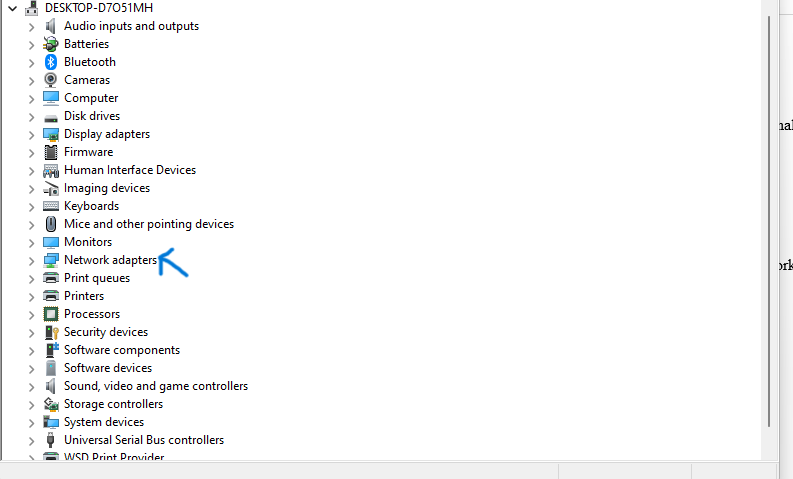
- Make the Network Adapter section larger. Perhaps your misplaced network adapter is listed here.
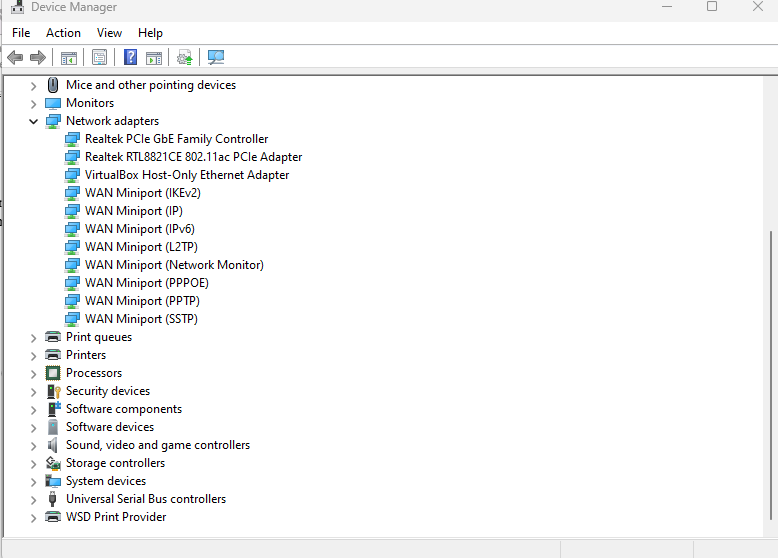
Alternatively, you can right-click the Start button and click “Device Manager”.
See if you have “Network Adapters”. In case you don’t see it or there is a yellow mark next to it, this is most likely why you are experiencing problems with your internet.
Update Your Network Adapter Driver
A group of programs known as device drivers facilitates communication between Windows and your hardware.
A hardware driver functions as an intermediary between the computer software and a specific piece of hardware on your PC. In case it has a problem or becomes outdated, your PC may occasionally stop working properly. Here is how you can handle that:
-
Expand “Network Adapters” in “Device Manager”, then right-click on your adapter (if it's displayed).
-
If your device is disabled, choose “Enable Device”.
-
Choose “Update driver if enabled.
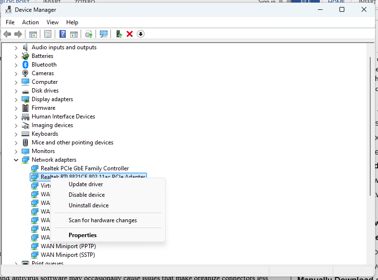
-
Choose “Search automatically for updated driver software”. Windows will search the internet for the latest driver.
-
If no updates are found, uninstall the driver and restart your PC; consequently, when Windows starts back up, it typically reinstalls the driver.
Restart Your Computer:
Occasionally, a simple restart will solve problems. Just give your computer a restart and check to see if your internet connection returns. It's similar to pressing the reset button and can help resolve certain minor problems.
Run the Network Adapter Troubleshooter:
Windows comes with an integrated tool that can help identify and resolve internet problems.
The Network Adapter troubleshooter can be used as follows:
- Navigate to “ Settings > Update & Security > Troubleshoot

- Select “ Additional Troubleshooters”.
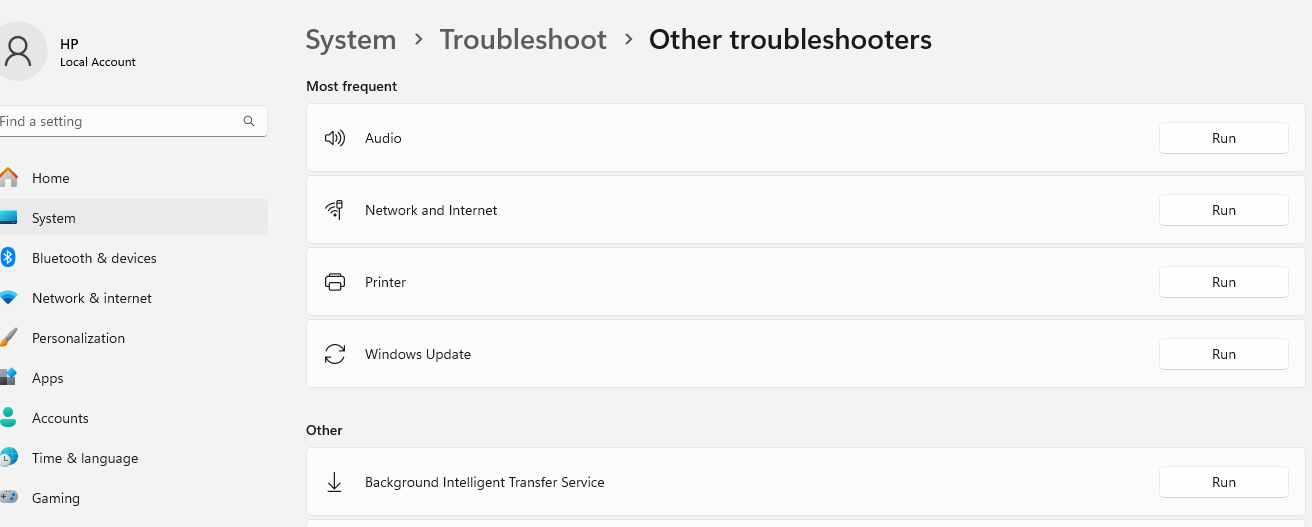
- Choose “ Network Adapter” and click “ Run the troubleshooter”
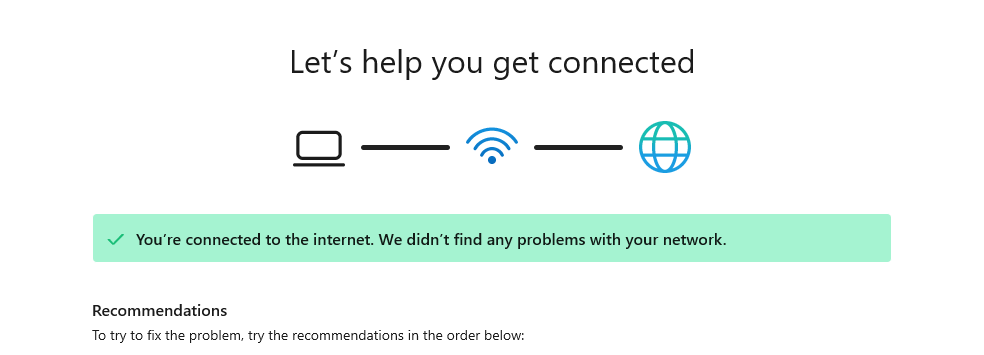
- Follow the onscreen instructions to complete the troubleshooting process
Verify Your BIOS Settings:
Your computer's BIOS regulates every aspect of operation, acting as its brains. It would be important to check because sometimes the network adapter might just be turned off here. When your computer restarts, look out for a notice that shows you which key to press to get into the BIOS settings. Once in, search for anything with “Network” or “Ethernet” and confirm that it is indeed enabled.
Try a System restore:
In the unlikely event that your internet disappeared following a subsequent update or modification to your computer, a system restore could be helpful.
Fisrtly, Navigate to the “Control Panel”.

Then “System and Security”, then “System”, and finally “System Protection”.

- Click “System Restore" and follow the on-screen instructions to restore the internet connection.

Reinstall Your Network Adapter:
You can try uninstalling and reinstalling your Network Adapter if all else fails. To do this:
Navigate to “Device Manager”, and choose "Uninstall Device" from the menu by right-clicking on the “network adapter”.
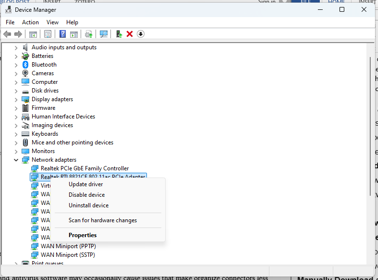
Restarting your machine should cause Windows to automatically reinstall the connector after that.
Check your “Device Manager” again to be sure it's back up and operating.
Temporarily Turn Off VPN and Antivirus
VPNs and antivirus software may occasionally cause issues that make network adapters less functional. Try temporarily crippling them (be sure to re-enable them later for security) and see if the network adapter reappears.
Plan a Network Reset (Windows 11 in essence)
If it's possible, try resetting your network settings if you're using Windows 11. This will return all network-related settings, including network configurations and other related settings to their initial state.
- Select “ Settings” > Network and Internet” > Advanced network settings.
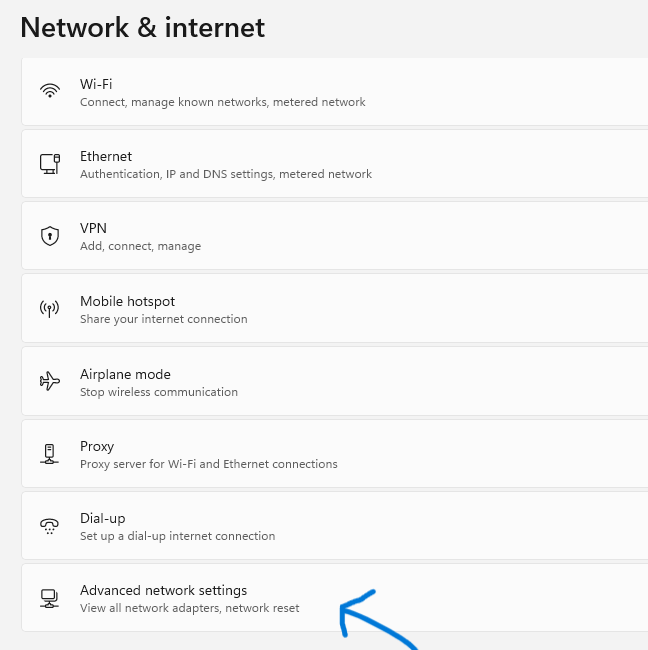
- Select “ Network reset”
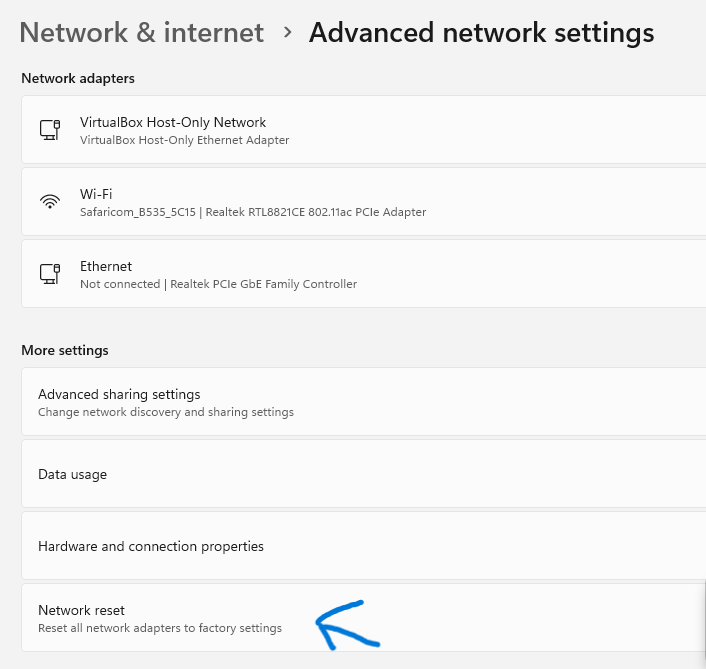
- To confirm, click “ Reset now”. Note that this will remove any customized network settings and Wi-Fi passwords you may have specified.
Download and install drivers manually.
In a rare case, you may have to physically install the network adapter driver. To do this, one must know the specific model and manufacturer of their computer. Here is how:
-
Go to the website of the company that manufactured your computer (Dell, HP, Lenovo, etc.) or the support page for your laptop or desktop model.
-
Look for drivers specific to your operating system and model (Windows 10 or 11).
-
Download the network adapter driver and install it, following the manufacturer’s instructions.
Seek Expert Assistance
If all these ways don’t work out in solving your problem then it could be hardware-related, try consulting your computer manufacturer or a certified professional.
CONCLUSION:
While it can be frustrating when you lose internet connectivity due to a missing network adapter, there are simple steps that can help to fix it. There are normally several things that can be done to get back online such as updating drivers, using troubleshooters, or verifying BIOS settings. Well well well! Take one step at a time and do not hesitate to ask for assistance if need be.
Thanks for reading.
If you like the article, consider sharing and subscribing. ;)

